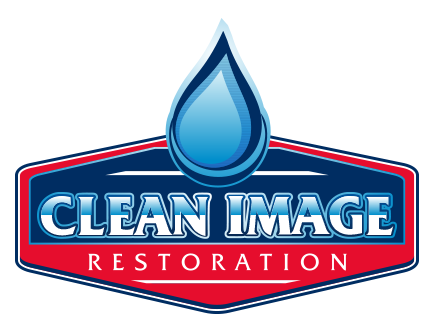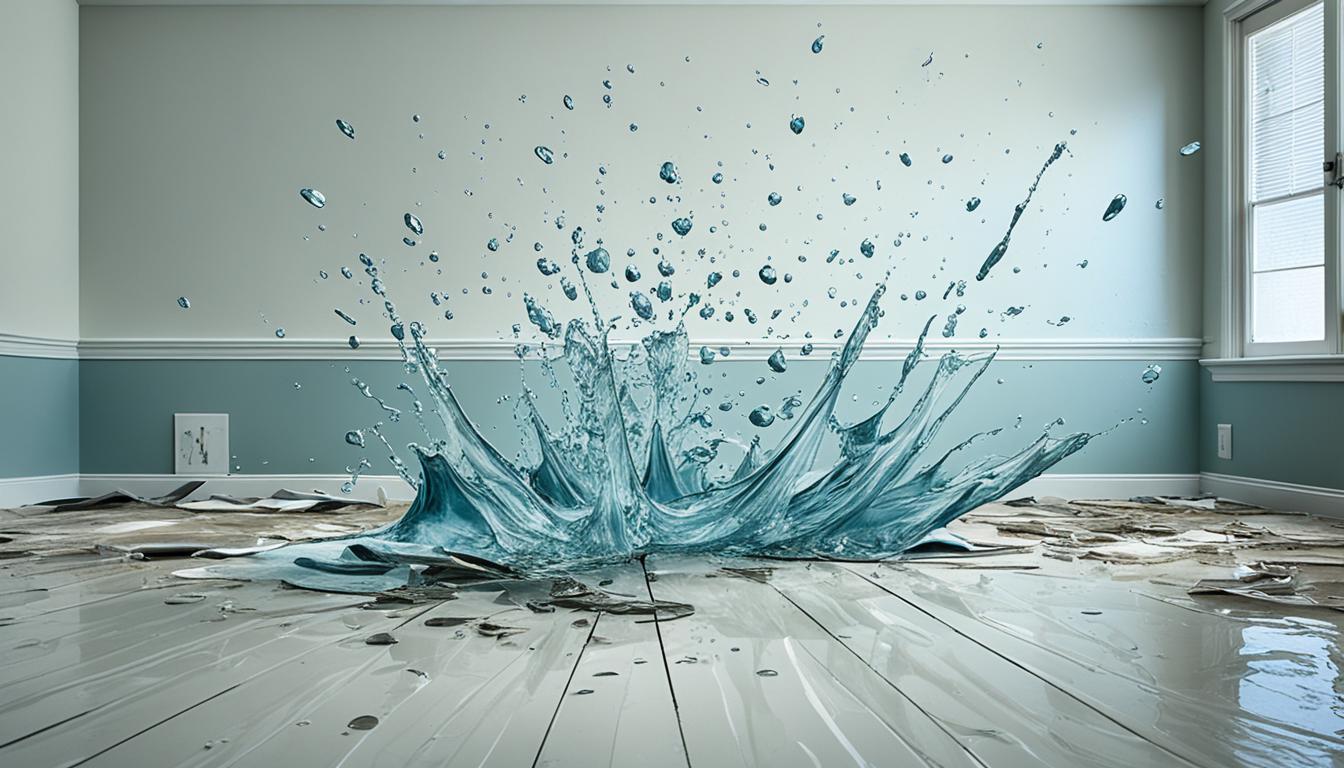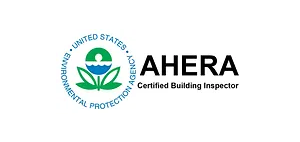Water damage can wreak havoc on your home and belongings, causing significant destruction and financial loss. When faced with flooding or any other water emergency, it’s crucial to understand the extent of the impacts and take immediate action to minimize the damage. In this section, we will explore the various items and belongings that are commonly ruined in water damage situations. By recognizing the potential risks, you can be better prepared to protect your cherished possessions and mitigate the devastating effects of flooding.
Key Takeaways:
- Water damage can cause extensive harm to your home and personal belongings.
- Flooding can ruin furniture, electronics, flooring, walls, and more.
- Immediate action is crucial to prevent further damage and salvage as much as possible.
- Professional restoration services can help mitigate the risks and restore your home.
- Protecting your belongings with insurance coverage can provide financial security.
Furniture Damage in Water Emergencies
When it comes to water damage, your furniture is often one of the most severely impacted areas in your home. Water can have devastating effects on both wooden and upholstered furniture, resulting in irreversible damage and financial loss.
Effects on Wooden Furniture: Wood is highly susceptible to water damage. When exposed to excessive moisture, wooden furniture can warp, swell, and even develop mold and rot. The moisture causes the wood to expand and contract, leading to structural instability. This can result in the need for costly repairs or, in severe cases, the complete loss of your cherished wooden pieces.
Effects on Upholstered Furniture: Upholstered furniture, such as sofas, chairs, and mattresses, is also highly vulnerable to water damage. When water seeps into the fabric, it can lead to staining, discoloration, and the growth of mold and mildew. Additionally, the padding and cushioning inside upholstered furniture can retain moisture, creating a breeding ground for bacteria and unpleasant odors. Salvaging water-damaged upholstery can be challenging and may require professional cleaning or reupholstering.
To illustrate the destructive impact of water on furniture, consider the following scenario:
Examples of Water-Damaged Furniture
| Item | Description of Damage |
|---|---|
| Wooden Dining Table | Warped surface, peeling finish, signs of mold |
| Leather Sofa | Discoloration, musty odor, mold growth on cushions |
| Antique Cabinet | Swollen wood, deformed shape, water stains |
As you can see, water-damaged furniture can suffer from a range of issues, compromising its appearance, stability, and functionality. It’s crucial to address water emergencies promptly to minimize the damage and maximize the chances of saving your valuable furniture pieces.
Next, we will delve into the impact of water damage on electronics and the precautions you can take to protect your gadgets and appliances.
Electronics and Water Damage
When it comes to water damage, one of the most significant concerns is the impact it has on electronics and electrical appliances. Exposing these devices to water can lead to a range of issues that render them useless and costly to repair or replace.
Water-damaged electronics are susceptible to malfunctions and short circuits. The presence of water can disrupt the delicate components inside these gadgets, causing them to malfunction or stop working altogether. Whether it’s a smartphone, laptop, or game console, the effects of water damage can be devastating.
Electrical appliances in our homes are also vulnerable to water damage. From kitchen appliances like refrigerators and dishwashers to washing machines and televisions, any contact with water can result in irreversible damage. Water can corrode electrical circuits, leading to malfunction or even electrical fires.
To help illustrate the risks of water damage to electronics, take a look at the following table:
| Electronics | Effects of Water Damage |
|---|---|
| Smartphones | Malfunctions, unresponsive touchscreens, loss of data |
| Laptops | Short circuits, fried components, data loss |
| Tablets | Screen damage, internal corrosion, inability to charge |
| Gaming Consoles | System failure, disc drive issues, controller malfunctions |
As you can see, water damage can have a wide range of effects on your gadgets and electrical appliances. It’s essential to take immediate action to minimize the damage and increase the chances of successful restoration.
To ensure the safety of your electronics and prevent further damage, here are a few steps you can take in the event of water damage:
- Power off and unplug the device immediately.
- Remove any external components like batteries, SIM cards, or memory cards.
- Gently wipe off any visible moisture with a soft cloth.
- Avoid using heat sources or hairdryers to dry the device, as this can cause further damage.
- Place the device in a dry, well-ventilated area.
- Reach out to a professional electronics restoration service for further assistance.
Remember, time is of the essence when it comes to water-damaged electronics. Acting quickly can significantly improve the chances of restoring your gadgets and electrical appliances to their pre-damage state.
Damages to Flooring and Walls
When water infiltrates your home, the potential harm it can cause to your flooring and walls is extensive. Understanding the effects of water damage on these crucial components of your living space is essential for taking timely action and minimizing further deterioration.
Water-Damaged Floors:
The presence of water can lead to irreversible damage in various types of flooring, including carpets and wood floors. Carpets are particularly susceptible to water damage as they absorb moisture, which can result in discoloration, foul odors, and the growth of mold. Wood floors, on the other hand, can warp, buckle, or even rot when exposed to water for prolonged periods. The restoration process for water-damaged floors often involves drying, dehumidifying, and potential replacement to prevent further structural damage.
Wall Damage:
Water damage doesn’t spare your walls either. When water penetrates the walls, it can cause paint to blister, peel, or bubble. The moisture can also weaken the integrity of the wall materials, leading to cracks, crumbling, and decay. If left unaddressed, the structural stability of your entire home can be compromised. Furthermore, the dampness provides an ideal environment for mold growth, which poses significant health risks to you and your family.
Mold Growth:
Mold thrives in moist environments, and water damage provides the perfect conditions for its growth. Mold can spread rapidly throughout your home, affecting not only the affected areas but also the air quality. Breathing in mold spores can trigger allergic reactions, respiratory problems, and other health issues. Therefore, it is crucial to address water damage promptly to prevent the harmful effects of mold growth.
As you can see, water damage poses significant threats to your home’s flooring and walls. It’s crucial to act quickly and enlist professional restoration services to mitigate the damage, prevent mold growth, and restore the structural integrity of your home.
Conclusion
Water damage can wreak havoc on your home and personal belongings. From furniture and electronics to flooring and walls, the impacts of flooding can be devastating. It is crucial to take immediate action when faced with water emergencies to prevent further damage and mitigate the risks.
Professional restoration services play a vital role in salvaging as much as possible from the ruin caused by water damage. They have the expertise, equipment, and experience to assess the situation, remove excess water, dry out affected areas, and restore your property back to its pre-damaged state.
Remember, time is of the essence when dealing with water damage. The longer you wait, the greater the potential for irreversible harm, such as mold growth and structural damage. By acting swiftly and seeking professional assistance, you can minimize the impact on your home and belongings, ultimately saving you time, money, and stress in the long run.
FAQ
What items are commonly ruined in water damage situations?
Water damage can ruin various belongings, including furniture, electronics, flooring, walls, documents, photographs, clothing, and carpets.
How does water damage affect wooden furniture?
Water can cause wooden furniture to warp, swell, and lose its structural integrity. It can also lead to mold growth and discoloration.
What are the effects of water damage on upholstered furniture?
Upholstered furniture can suffer staining, mold growth, and foul odors due to water damage. It may also become structurally weakened and require professional cleaning or restoration.
What happens to electronics exposed to water damage?
Water damage can render electronics useless by causing malfunctions, short circuits, and irreversible damage. It is crucial to avoid turning on or plugging in wet devices and seek professional assistance for repair or replacement.
How does water damage impact electrical appliances?
Water can damage electrical appliances, leading to malfunctioning, electrical hazards, and potential fire risks. It is essential to disconnect affected appliances from power sources immediately and have them inspected by a qualified technician.
What are the risks associated with water-damaged floors?
Water-damaged floors can experience warping, swelling, and discoloration. Additionally, if not addressed promptly, water damage can lead to structural issues, mold growth, and the need for extensive repairs or replacement.
How does water damage affect walls?
Water damage can cause walls to become discolored, weakened, and develop mold growth. It can also compromise the structural integrity of the building, leading to costly repairs and potential health risks.
Is mold growth a common occurrence after water damage?
Yes, water damage can create an ideal environment for mold growth. Mold can start developing within 24 to 48 hours of water exposure and pose health risks. It is crucial to address water damage promptly and professionally to prevent mold contamination.
Why is it important to take immediate action in the event of water damage?
Acting quickly is crucial because water damage can worsen over time, leading to further destruction and potential health hazards. The longer the water remains, the higher the risk of mold growth and structural damage, making restoration more challenging and costly.
How can professional restoration services help mitigate the risks of water damage?
Professional restoration services have the expertise, equipment, and resources to quickly and effectively remove water, dry affected areas, mitigate mold growth, and restore damaged belongings. Their prompt intervention can help minimize the long-term impacts of water damage and salvage as much as possible.
What steps should be taken if your belongings experience water damage?
If your belongings suffer water damage, it is essential to document the damage for insurance purposes, remove them from the affected area (if safe to do so), and contact a professional restoration company to assess the damage and provide guidance on salvageable items and restoration options.






